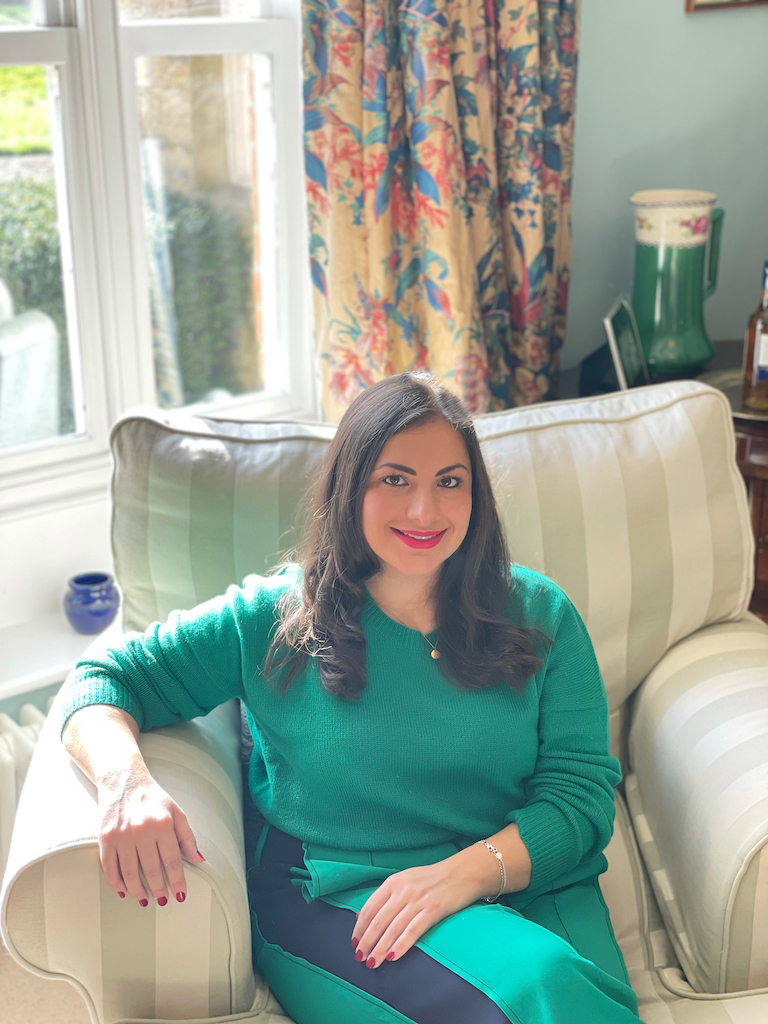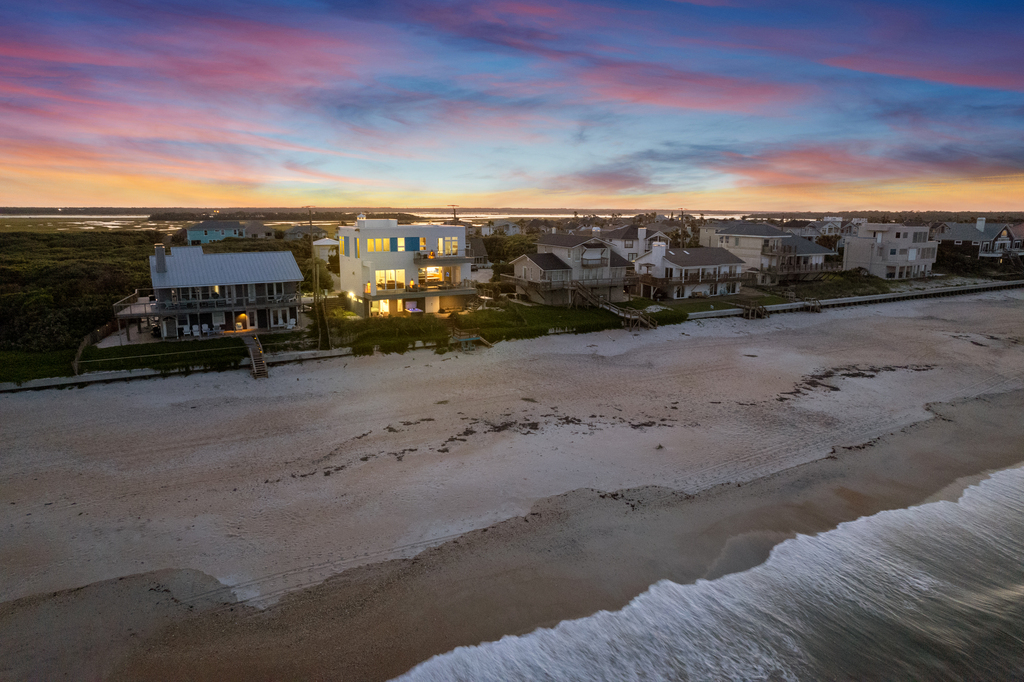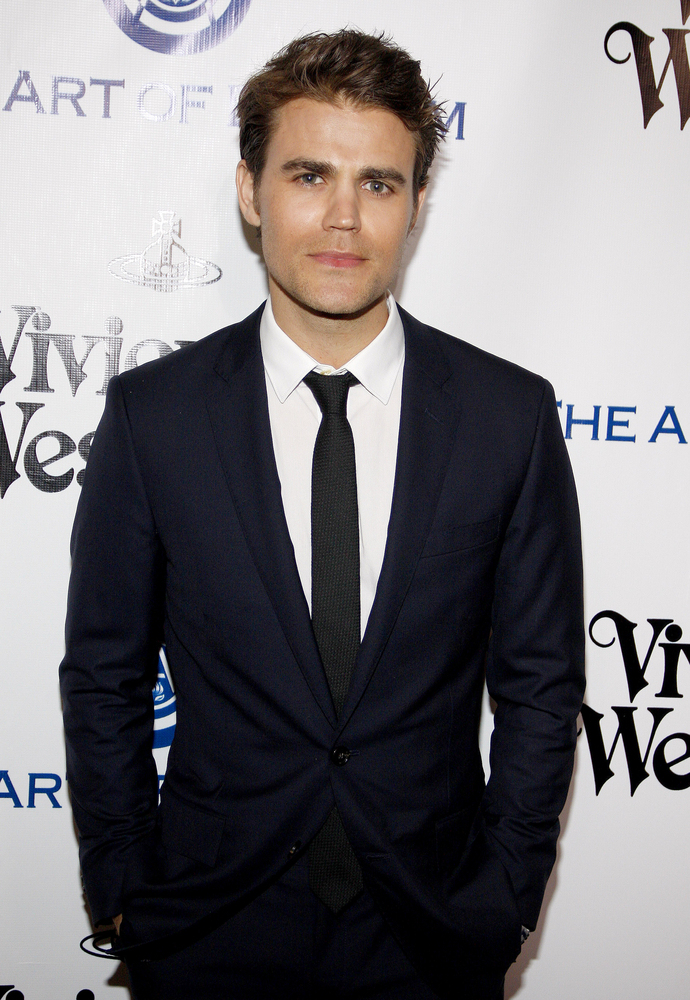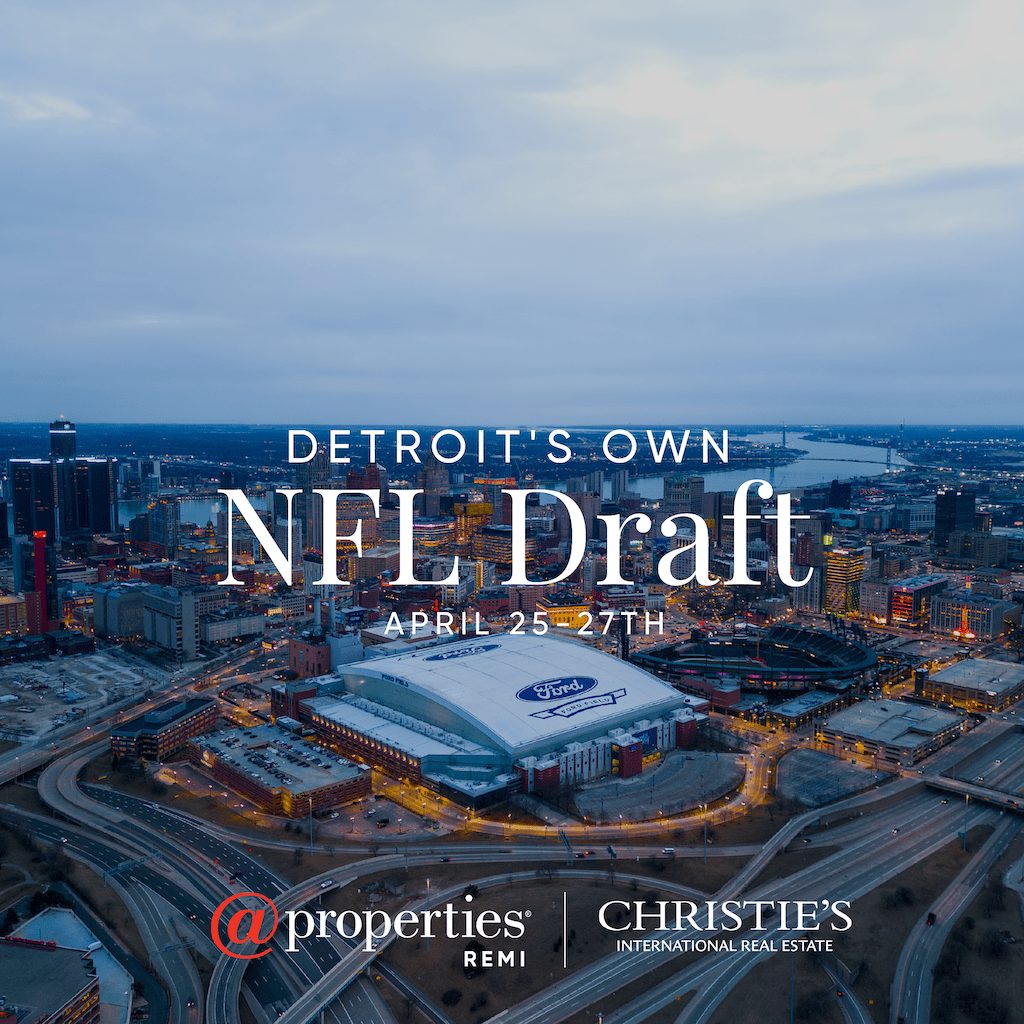The driving creative vision at the heart of Studio Louca is to create timeless luxury interiors that respect the buildings' shell and surroundings, providing clients with a space that is harmonized with detail and texture, while also seeking to incorporate modern-day technologies in a seamless manner.
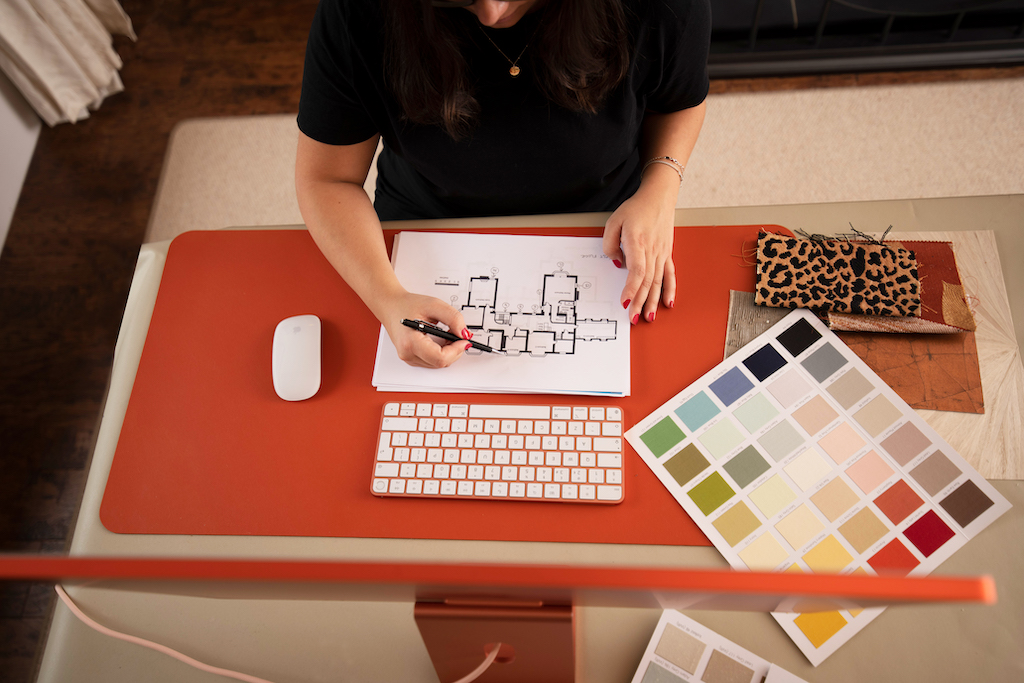
The process of drafting and presenting design renderings is a massive part of the process in completing any project. Here, founder and Principal of Studio Louca, Janine Loucaides, walks through this process with Haute Design.
Haute Design: Is the rendering process where you can truly envision your design for the first time? How does it work?
Janine Loucaides: The rendering process would certainly be the first point that you are able to visualize all of the elements together. In essence, when designing a space, we always work on the floor plan (look, tone & feel) to begin with, followed by elevations, materials and finally furniture and lighting. During this process, we start to understand which aspects work and don’t work together. The beauty of having a render is that it allows you to have an impression of the entire space including scale and finishes in a relatively fast time frame.
To bring the render to life, we provide our CGI artist with a detailed brief of how we want the space to look including elevations, the general layout, and directions on where individual pieces of furniture and artwork should be placed. We also send over a collection of images which will include examples of all the materials and finishes that we have chosen within the design concept phase as well as images or sketches of specific furniture and artwork pieces that need to be included to complete the space.
The CGI artist would then send over a draft for approval. We would normally expect to go through two to three drafts to fine-tune it to perfection.
HD: Before renderings of this level were possible, what was the traditional way of showing clients a projected image of their pending designs?
JL: The process was very much the same with the major difference being that instead of the image being produced on a computer, it was instead created by an artist with a detailed pencil sketch that was then water colored.
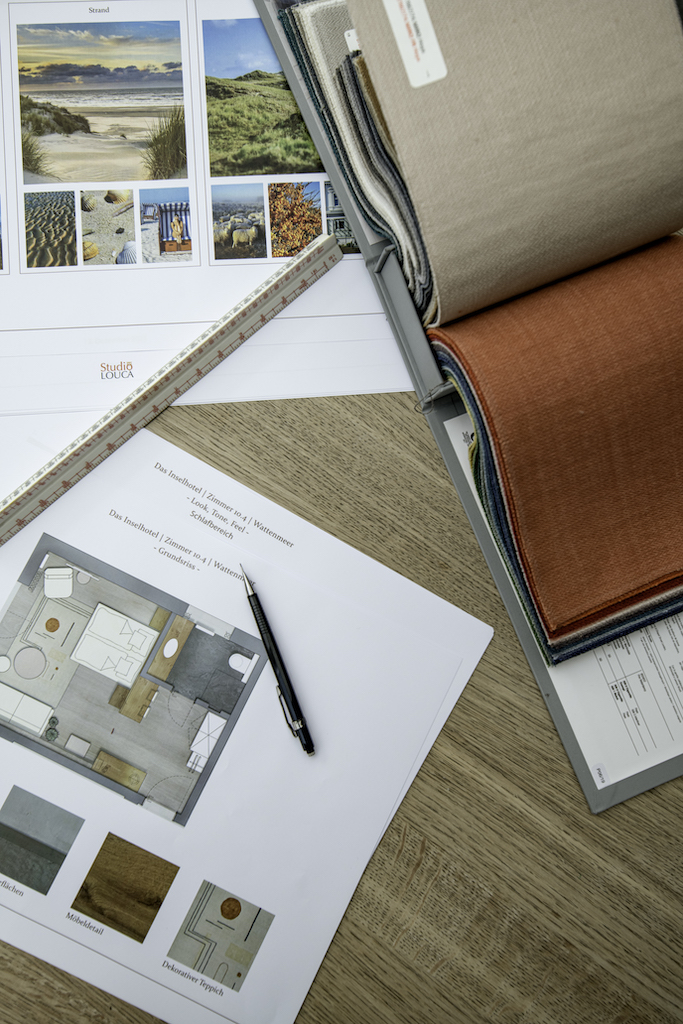
HD: How accurate are renderings compared to the final product?
JL: Extremely.
Sometimes, tones and finishes may not be 100% accurate to the real thing, but they will be more than close enough to envision what the space will look like in reality.
A high-quality render will often be incredibly difficult to discern from an actual photograph. The technology they have these days is beyond impressive.
This exceptional level of realism can also see them used for more than just bringing a client’s project to life, we have used them before in collaboration with estate agents to aid in the selling of a property. This visual aspect helps to expose a property's full potential, especially if the property is empty or in need of renovation.
HD: What are clients' typical reactions to the renderings? How many alternate versions are they presented with?
JL: Clients are generally incredibly excited as it is the first time that they can truly visualize how their space is going to look. As mentioned previously, the fact that renderings nowadays look so realistic really helps to elevate the excitement levels for clients as it almost acts like a window to the future and the completion point of their project, which is obviously the best part for them.
It also gives them an excellent point of reference to suggest any alterations that they wish to make. We would provide them with as many different versions as would be required depending on the project brief. Clients who have a very clear idea of their requirements would usually only require one version which will have minor adjustments made for the final design. Other clients who may be struggling to decide on which design direction they want to take could be presented with two or three, laying out all the options and different styles and themes that we feel would work within their space. So, overall, they are just an incredibly useful tool for us to utilize as designers.

